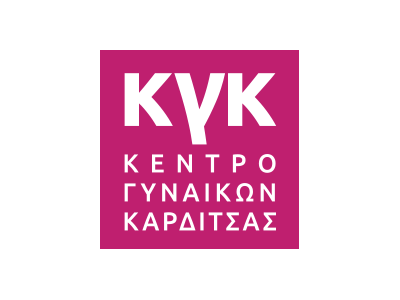
Children through their family, the dominant body of socialization, acquire their gender identity through the imitation of living beings such as parents and siblings, or symbolic patterns such as the use of language or games. Children from the age of 3 are able not only to categorize individuals based on their gender, but also to attribute specific objects and activities to men or women. School as the second factor in the socialization of children, can help them to recognize and challenge stereotypes representing the erroneous, one-sided and rigid knowledge of individuals about social groups and contributes to formation of a healthy personality and a future active citizen.
The implementation of the teaching modules confirmed that the children arrive at the kindergarten with the gender stereotypes structured at an early stage within them. It was observed that more boys follow behaviors that are considered more socially acceptable for their gender, compared to girls. Through participation in the activities, the children saw the "other" not as an obstacle or threat, but as an advantage that leads to the recognition and acceptance of the other as a partner and companion.
The implementation of the activities in an environment of acceptance and security, allowed the children to develop and express their ideas, while at the same time learning to accept that there are different positions and views. The acceptance environment reinforced the children's attempt to think outside the stereotypes without fear of being ridiculed and rejected. The children were encouraged to listen to each other and reflect together. This process enhanced their personal and social development as they began to perceive and understand the feelings and views of others, to communicate and collaborate with others to share stories from their daily lives. The activities incorporated the physical, cognitive and emotional experience of each child so far,
The topics that were quite difficult for the children were the power relations in the family, the relationship of equal value, reward for work of equal value, while they easily recognized the danger and its source regarding the hero. From the activities used by the teachers in the time interposed between the modules, the activity that the children really liked was borrowed from the educational drama: cutting in time or otherwise frozen images, because it seemed to work liberatingly to the children and enabled them to express emotions - positive or negative - as they impersonate someone else. Most of the children chose to represent scenes where the heroes were in danger and then identified the source of the danger.
Although we live in an age of rapid technological advancement and the omnipotence of the image, fairy tales continue to excite children, as they help them perceive the world around them in a symbolic and "playful" way. They offer a "cushion" of security that gives space to raise complex issues - such as violence, gender discrimination - issues that children will encounter growing up. The heroes of fairy talesis the "mentor", the guide of the children in their attempt to copeσουν the difficulties and solveσουν conflicts, their attempt to accept their feelings and control their expression, to respect others and the rules of the group.
|
"If a child is not allowed to enter the realm of the imaginary, he will never be able to face reality. A child's need for stories is as basic as his need for food, and it manifests just like hunger. "Tell me a story, Dad, please." And then the father sits down and tells a story to his son. Or else he lies in the dark next to him, the two of them on the child's bed and starts talking, as if there was nothing left in the world but his voice, telling a story to his son in the dark. It is often a fairy tale or an adventurous story. But often it is nothing more than a mere leap into the imaginary. " Paul Oster, Excerpt from the book: THE INVENTION OF LONELINESS |
Related Articles
The Kindergarten is the first official educational institution for children. The children arrive at the Kindergarten having…
In Greece, in 1979, the procedures for the institutionalization of mixed education began, which, however, was finalized in…
In Greece, the principle of equal treatment and gender equality is established by the 1975 Constitution. In particular, Article…
The first contact with the stereotypes of classic fairy tales took place in early 2019, after the fairy tales had been selected.…









